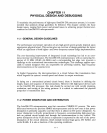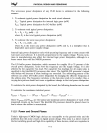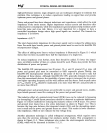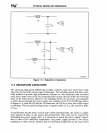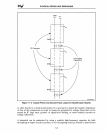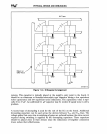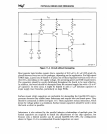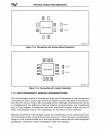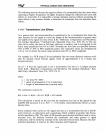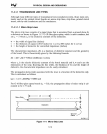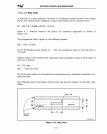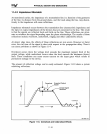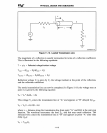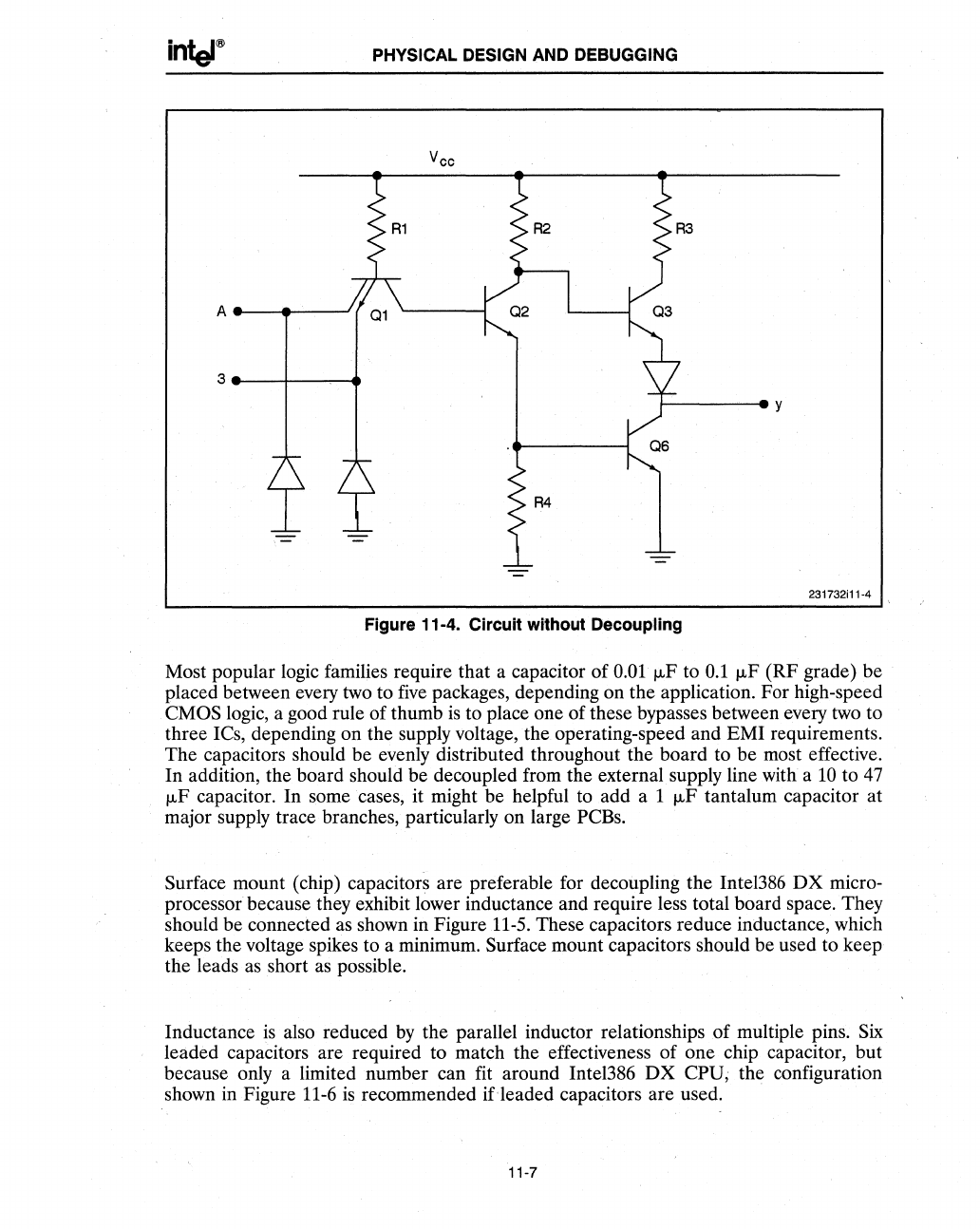
PHYSICAL
DESIGN
AND
DEBUGGING
A
_-
......
--.,---'
3_--+--_
.....
f-----ey
A4
231732i11-4
Figure
11-4. Circuit
without
Decoupling
Most popular logic families require that a capacitor of 0.01
f.LF
to
0.1
f.LF
(RF grade) be
placed between every two to
five
packages, depending on the application. For high-speed
CMOS logic, a good rule of thumb
is
to place one of these bypasses between every two to
three ICs, depending on the supply voltage, the operating-speed and EMI requirements.
The capacitors should be evenly distributed throughout the board to be most effective.
In addition, the board should be decoupled from the external supply line with a
10
to
47
f.LF
capacitor. In some cases, it might be helpful to add a 1
f.LF
tantalum capacitor
at
major supply trace branches, particularly on large PCBs.
Surface
mount (chip) capacitors are preferable for decoupling the Inte1386
DX
micro-
processor because they exhibit lower inductance and require less total board space. They
should be connected
as
shown in Figure
11-5.
These capacitors reduce inductance, which
keeps the voltage spikes to a minimum.
Surface mount capacitors should be used to keep
the leads
as
short
as
possible.
Inductance
is
also reduced
by
the parallel inductor relationships
of
multiple pins.
Six
leaded capacitors are required to match the effectiveness of one chip capacitor, but
because only a limited number can fit around Intel386
DX CPU; the configuration
shown in Figure
11-6
is
recommended
ifleaded
capacitors are used.
11-7





